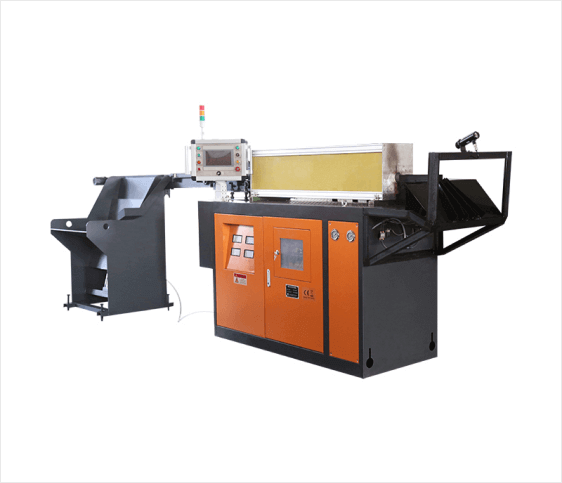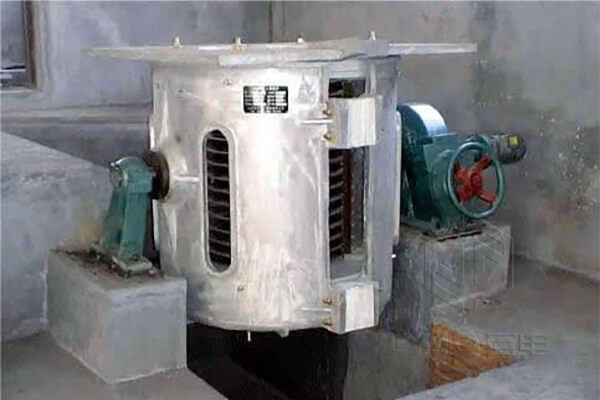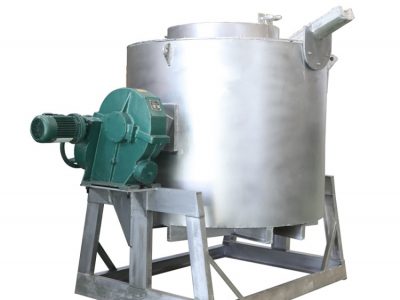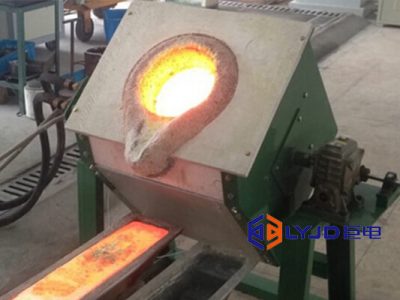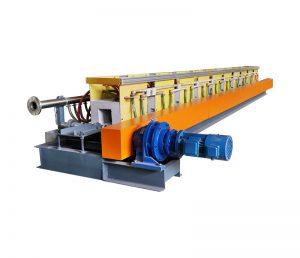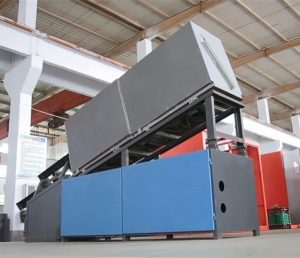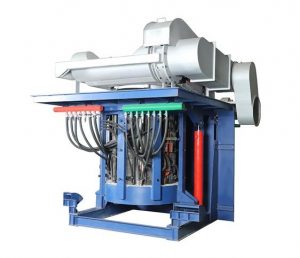Selecting the appropriate induction melting furnace is a critical decision for steel manufacturers. The right furnace can significantly impact production efficiency, energy consumption, and overall product quality. In this comprehensive guide, we will explore the key factors to consider when choosing a melting furnace for steel manufacturing.
Understanding the Melting Process
Begin by gaining a thorough understanding of the steel melting process. Familiarize yourself with the different techniques, such as electric arc furnaces, induction furnaces, and oxygen furnaces. Each method has its advantages and limitations, so it's essential to evaluate which one aligns best with your production requirements.
Production Capacity
Determine your desired production capacity. Consider your current and future needs to ensure the chosen furnace can handle the expected workload. Factors like furnace size, melting rate, and cycle time will influence your capacity requirements.
Energy Efficiency
Energy consumption is a significant cost factor in steel production. Evaluate the energy efficiency of different melting furnace options. Look for features such as advanced insulation, regenerative burners, and heat recovery systems that can help minimize energy waste and lower operational costs.
Quality and Purity
The quality and purity of the molten steel are crucial. Consider factors like temperature control, alloying capabilities, and the furnace's ability to handle different steel grades. Look for furnaces that offer precise temperature control, uniform heating, and effective slag management to ensure high-quality steel output.
Environmental Impact
Sustainable manufacturing practices are increasingly important for businesses. Evaluate the environmental impact of the melting furnace options you're considering. Look for furnaces with advanced pollution control systems, such as baghouse filters, wet scrubbers, or electrostatic precipitators, to minimize emissions and comply with environmental regulations.
Maintenance and Reliability
Consider the maintenance requirements and reliability of the furnace. Look for features like durable refractory materials, easy access for maintenance, and reliable control systems. A furnace with a good track record of performance and minimal downtime will contribute to smoother operations and higher productivity.
Safety Considerations
Ensure the melting furnace meets all safety standards and regulations. Look for features like safety interlocks, emergency shutdown systems, and comprehensive operator training programs. Prioritize the well-being of your workforce and minimize the risk of accidents or hazardous situations.
Cost Analysis
Perform a comprehensive cost analysis of each furnace option. Consider not only the initial purchase cost but also factors like installation expenses, operating costs, maintenance costs, and expected lifespan. A thorough cost evaluation will help you make an informed decision that aligns with your budget and long-term financial goals.
Industry Reputation and Support
Research the reputation and track record of the furnace manufacturers you're considering. Look for established companies with a history of delivering reliable and high-quality equipment. Additionally, consider their after-sales support, warranty terms, and availability of spare parts to ensure long-term satisfaction.
Consultation and Expert Advice
When in doubt, seek the advice of industry experts or consultants specializing in steel manufacturing and melting furnaces. They can offer valuable insights, help you navigate the complexities of the selection process, and provide recommendations based on your specific requirements.
Conclusion
Choosing the right melting furnace for steel manufacturing is a complex decision that requires careful evaluation of various factors. By considering production capacity, energy efficiency, quality, environmental impact, maintenance, safety, cost, and expert advice, you can make an informed decision that optimizes your steel production processes and contributes to your overall business success.
